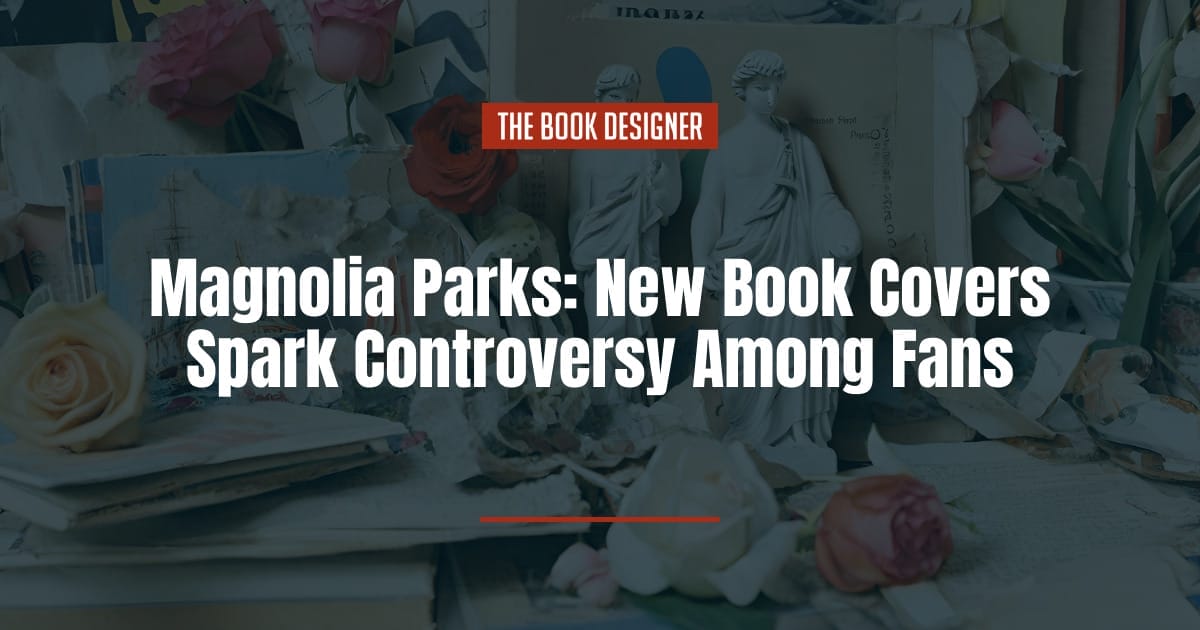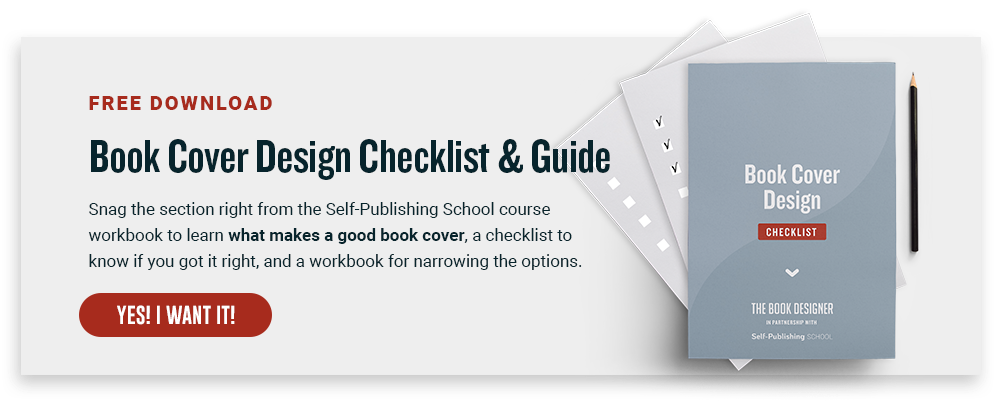If you’ve spent any time on BookTok, you’ve likely come across the Magnolia Parks series by Jessa Hastings. And if you’ve looked any deeper at the series there, you’ve almost certainly seen videos talking about the change in book covers when Hastings signed with a traditional publisher after self publishing the first four books.
As so often happens when an indie author signs with a traditional publisher, Dutton (part of Penguin Group) decided that the original book covers just wouldn’t cut it on bookstore shelves. So they did a complete redesign, likely to be more in line with reader expectations for the genre (romance).
Opinions are split over the new cover designs, with some influencers at least tentatively accepting of the new designs, while others are vehemently opposed to them and have sworn allegiance to the original cover designs (and a small subset, Magnolia Parks super fans, have committed to buying both versions).
Here’s what you need to know about the Magnolia Parks book cover controversy and tips for self published authors:
The Original Magnolia Parks Covers
The original covers for Magnolia Parks and Daisy Haites (the first two books in the series) had collage-style, artistic covers (they were designed by Emmy Lawless). Did they scream romance? Not even a little bit. But they became iconic and part of the author’s brand. People on TikTok are still trying to track down the original covers (they’re available through the author’s website) and it’s been reported that the rest of the books in the series will also be available with the original-style cover art (it seems to be a special order option).
Here’s what the original Magnolia Parks series covers looked like for those two books:
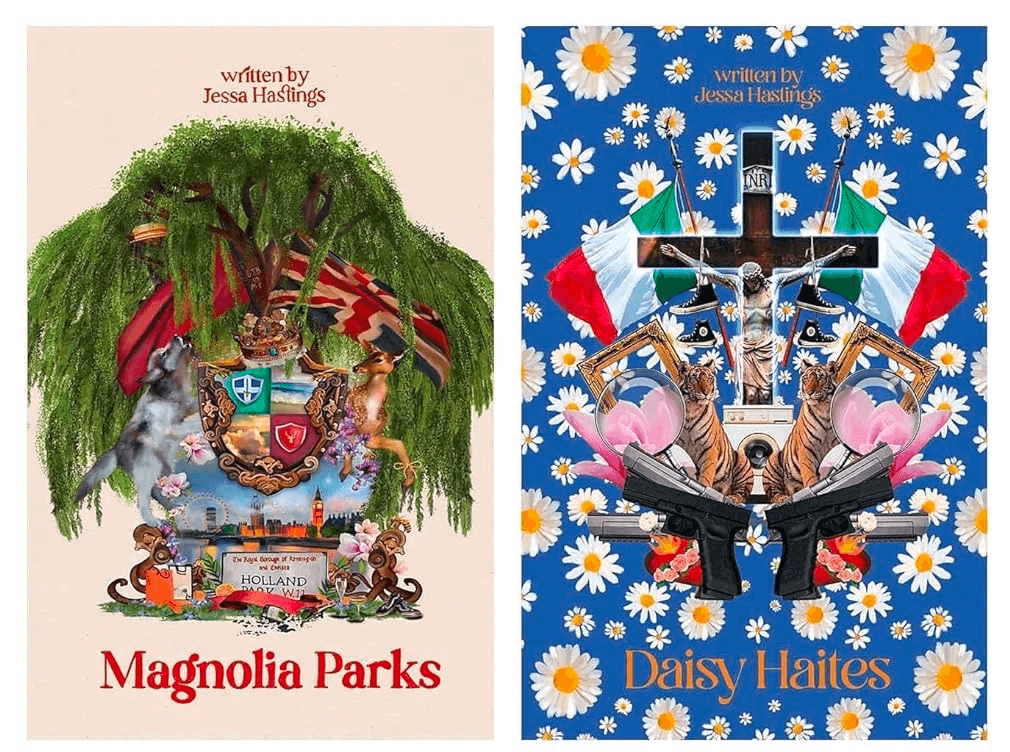
They’re chaotic collages of imagery, and the more you stare at them the wilder they get. While I haven’t read the books, based on the reader reviews I’ve seen, the covers fit the stories.
Here are the covers for the second two books in the Magnolia Parks series, which follow the same theme:
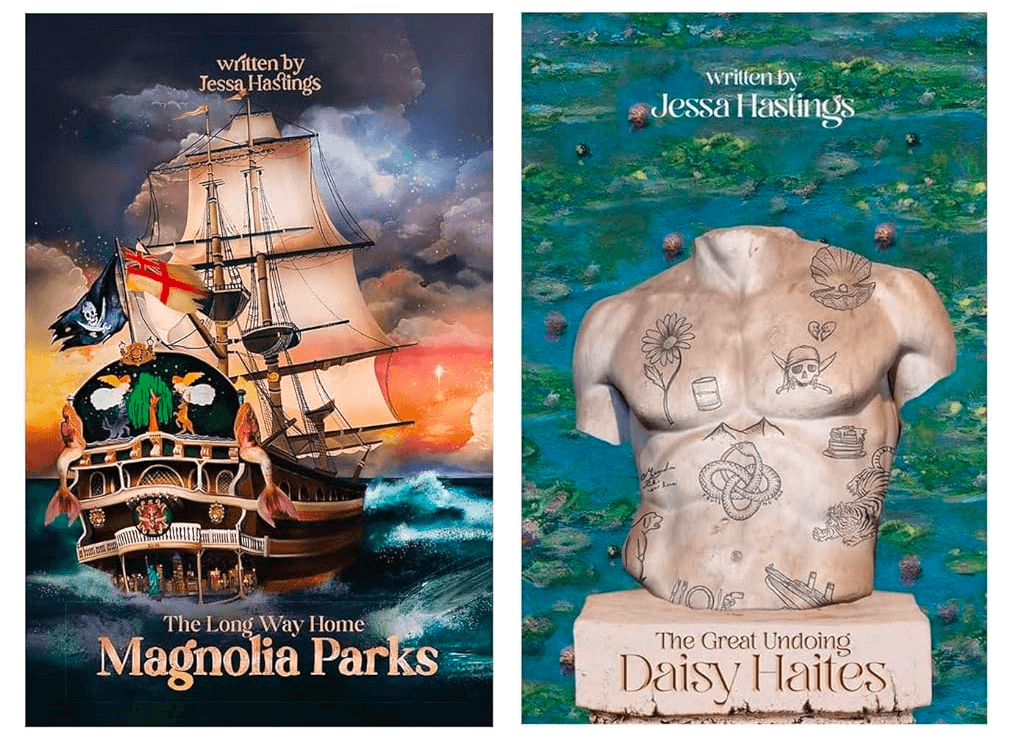
The thing I love about these covers is that they’re each unique while also sharing a similar style. They remind me a bit of high-end versions of zine covers from the 90s (if you ever want some truly funky book cover design inspiration, go check out vintage zines).
Each cover uses a bunch of different images within a collage to hint at the book’s content. I think the biggest thing about these covers is that your average reader isn’t going to be afraid to read these books on the subway or in a bar. They don’t scream “romance.” And while the romance genre is just as valid as any other book genre (and just as challenging to write), it is, unfortunately, still looked down upon by certain segments of society (and so many readers avoid reading print versions of romance novels in public).
Readers loved these covers so much that they associated them with Hastings’ brand. In fact, some BookTok influencers have gone so far as to say the new book covers have ruined that brand. Let’s take a look at the new Magnolia Parks covers to compare.
The New Magnolia Parks Book Covers
While I don’t have any insider scoop on what happens in the Dutton offices, my guess based on years of experience is that they decided to create covers that aligned with more “mainstream” romance books in an effort to capture a wider readership in bookstores and online.
Here’s what the new Magnolia Parks covers look like (there’s also a fifth book, Magnolia Parks: Into the Dark, but the Original Collection cover for it hasn’t been revealed yet, so I haven’t included it here):
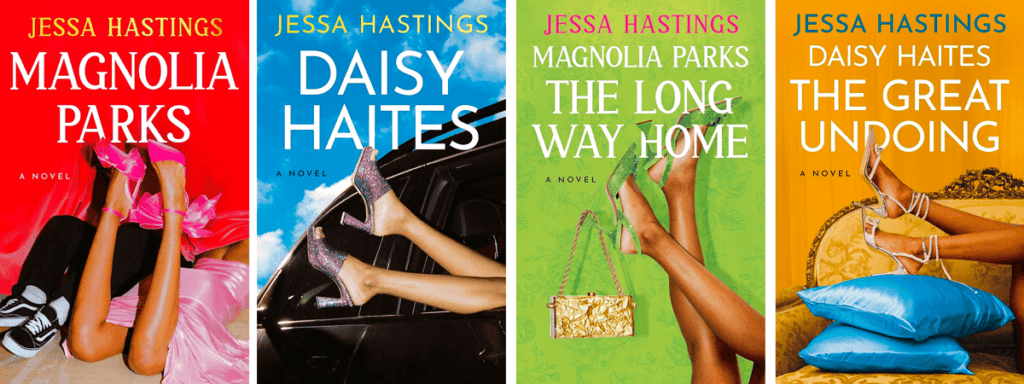
From a purely objective standpoint, if I saw these covers on the shelves without having seen the original cover designs, I would say that they’re well-designed, if a bit predictable for the genre. There’s nothing technically wrong with them. But, well, they’re boring. Like, I said, predictable. No conventions are broken, no ideas challenged. They’re fairly typical romance novel covers aimed at the elder Gen-Z/younger Millennial crowd.
But, knowing that the original Magnolia Parks covers exist and how much they pushed the envelope for the genre, I have to say that these new covers are a giant flop from a design perspective. There’s nothing groundbreaking about putting feet on the cover of a romance novel (or any other genre of book). In fact, there’s a list of 110 books over on Goodreads with feet on the cover (and I can think of at least a dozen others off the top of my head).
Now, are these new Magnolia Parks covers likely to grab the attention of target readers while browsing in a bookstore? Maybe? Probably? I assume that Dutton’s marketing team knows what readers want and has some data to back up this cover design choice. But I would also argue that nothing about these covers sets them apart from the hundreds of other books on the shelves at local bookstores that they’re competing against.
Book Covers and Author Branding
Book covers can be an important part of your author branding. After all, most readers will see your book covers before they see anything else about you. They’ll remember your covers before they remember things like your author website, social media marketing efforts, or even your author events. And if your books are among a readers favorite books? They’ll remember those covers even more.
This is why making sure that your book covers are designed in a way that reinforces your author brand is so important. And having creative control over those covers is vital.
When an author signs with a traditional publisher, they often give up the creative control over their covers. Publishers have teams of designers and marketers who have very definite ideas about what a book’s cover should look like. And while most consult with authors about their covers, the final decision-making is generally left with the publisher. That means you could end up with a cover you absolutely hate, and little recourse to change it.
When you self publish, you get full creative control. You might hire a designer to create your covers, but that designer works for you and you get final say over what the cover looks like. If you have the skills to design your own book cover, you get even more creative control.
This creative control extends beyond your book covers, too. Publishers generally control much of your book’s marketing (even if you’re doing the actual work for all that marketing). All of the creative assets are usually controlled by the publisher. To an extent, they control your author brand.
Some authors are okay with that. They don’t want to spend time worrying about branding and marketing and would prefer to just focus on writing their next book. But, spoiler alert: even authors who sign with traditional publishers have to do a lot of their own marketing if they want their books to be successful. This is especially true for newer authors. So not only do you give up creative control, you also still have to do much of the work yourself.
Final Thoughts on the Magnolia Parks Book Covers
It’s interesting to note that they controversy over the new Magnolia Parks book cover designs has gotten enough attention that the author will continue to release the books with covers in the original style alongside the new Dutton covers. One thing that shows is the power of the BookTok community and the sway they can have over the publishing industry. After all, ten years ago, the old covers likely would have faded into obscurity (or possibly been sought after by collectors).
If you’re a successful self published author and you’re approached with a contract by a traditional publisher, carefully consider the implications of that contract. Consider how much work you’ll still be putting into marketing and promoting your books, the significantly lower royalty rate, and how much creative control you’re willing to give up. For most successful authors, self publishing makes more sense (and the same goes for many authors who are just starting out).


